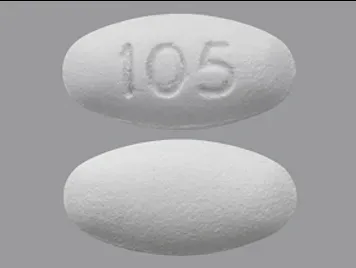Filspari Dosage
Generic name: SPARSENTAN 200mg
Dosage form: tablet, film coated
Drug classes: Miscellaneous cardiovascular agents, Miscellaneous genitourinary tract agents
Medically reviewed by Drugs.com. Last updated on Aug 13, 2025.
2.1 General Considerations
Prior to initiating treatment with FILSPARI, discontinue use of renin-angiotensin-aldosterone system (RAAS) inhibitors and endothelin receptor antagonists (ERAs).
2.2 Monitoring
Initiate treatment with FILSPARI only after measuring aminotransferase levels and total bilirubin. Avoid initiation in patients with elevated aminotransferases greater than 3 times ULN. Continue required monitoring every 3 months during treatment with FILSPARI.
2.4 Recommended Dosage
Initiate treatment with FILSPARI at 200 mg orally once daily. After 14 days, increase to the recommended dose of 400 mg once daily, as tolerated. When resuming treatment with FILSPARI after an interruption, consider titration of FILSPARI, starting at 200 mg once daily. After 14 days, increase to the recommended dose of 400 mg once daily.
2.5 Administration
- •
- Instruct patient to swallow tablets whole with water prior to the morning or evening meal.
- •
- Maintain the same dosing pattern in relationship to meals.
- •
- If a dose is missed, take the next dose at the regularly scheduled time. Do not take double or extra doses.
2.6 Dosage Adjustment for Aminotransferase Elevations
If aminotransferase levels increase, adjust monitoring and treatment plan according to Table 1.
Do not resume treatment in patients who have experienced clinical symptoms of hepatotoxicity or in patients whose hepatic enzyme levels and bilirubin have not returned to pretreatment levels.
| ALT = alanine aminotransferase; AST = aspartate aminotransferase; INR = international normalized ratio; ULN = upper limit of normal. | |
|
ALT/AST levels |
Treatment and monitoring recommendations |
|
Greater than 3 times and less than or equal to 8 times ULN |
Confirm elevation with a repeat measure. If confirmed, interrupt treatment, and monitor aminotransferase levels and bilirubin at least weekly, and INR as needed, until the levels return to pretreatment values and the patient is asymptomatic. Do not resume treatment if any of the following occurs without other cause found:
If treatment is resumed, initiate FILSPARI at 200 mg once daily, with reassessment of hepatic enzyme levels and bilirubin within 3 days. Close monitoring is required in these patients. |
|
Greater than 8 times ULN |
Stop treatment permanently if no other cause found. |
More about Filspari (sparsentan)
- Check interactions
- Compare alternatives
- Pricing & coupons
- Drug images
- Side effects
- During pregnancy
- FDA approval history
- Drug class: miscellaneous cardiovascular agents
- En español
Patient resources
Professional resources
Related treatment guides
See also:
Further information
Always consult your healthcare provider to ensure the information displayed on this page applies to your personal circumstances.


